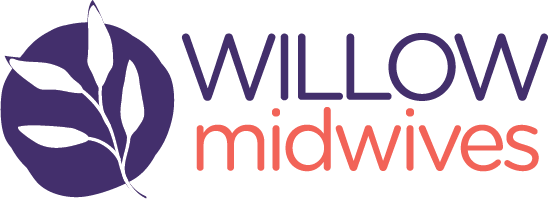Reflexology is a form of massage that possibly dates back to ancient Egypt (Keet, 2009). It involves stimulating pressure points on the hands, feet, and ears that correspond to other body parts. Although there is limited information on why reflexology works, it may be because it stimulates the body to release oxytocin, endorphins, and encephalins to help with pain, stress, anxiety, and fatigue (MadeForMums).
Reflexology has many benefits, including:
Helping with harmony and well-being for weeks 14-36 of pregnancy (Keet, 2009)
Helping balance hormones and prepare the body physically and psychologically for labor for weeks 37-40 of pregnancy (Keet, 2009)
Regulating Contractions (sustaininghealthacupuncture.com)
Speeding the labor process after water has broken (sustaininghealthacupuncture.com)
Shorter labor (acupressure-mat.co)
Helping with pain relief, tension reduction, and relaxation during labor (nih.gov)
Helping with lactation (Perinatal Health LLC)
Helping with postpartum recovery by supporting emotional, mental, and physical well-being (Perinatal Health LLC)
Reflexology can even be done by your partner, a family member, or your doula. Although you can find a trained reflexologist, basic techniques are easy to learn.
Reflexology should be used with caution during pregnancy, as it can induce labor. However, when performed carefully, it can have many benefits from week 14 on. It is best to wait to begin using reflexology until week 14 to allow the body to find its natural rhythm. In her book The Reflexology Bible, Louise Keet outlines specific pressure points to use during weeks 14-40.
Reflexology can also be used as a more natural way to induce labor. Consult with your midwife or a trained acupuncturist before using pressure points to induce labor. Although this is a more natural method, it should still be used carefully (sustaininghealthacupuncture.com). Massaging the middle of the tips of the bottoms of the big toes and thumbs stimulates the pituitary gland to release oxytocin, which can induce labor and speed up the process.
Reflexology has benefits during labor as well. One study found that women who received foot reflexology during labor experienced pain reduction (74%), tension reduction (78%), and some relaxation (72%). Eighty-one percent of the study's participants would recommend it to others, and 82% felt it was non-injurious and safe (nih.gov). More research found reflexology to have a 90% effectiveness rate as a painkiller (Perinatal Health LLC). It also kept 11 out of 14 women from needing an operation for placenta retention (Perinatal Health LLC).
After labor, it can help with lactation and well-being. In another study, participants who received reflexology treatments initiated lactation in 43.47 hours, while those in the control group took 66.97 hours. Ninety-eight percent of the reflexology group had satisfactory lactation after 72 hours, while only 67% of the control group did (Perinatal Health LLC).
Additionally, postpartum reflexology treatments support emotional and mental well-being (Keet, 2009). When performed along with a Traditional Chinese Medicine foot bath, reflexology was found to affect appetite, lactation, anxiety, and depression. It also helped C-section patients recover (Perinatal Health LLC).
There are several basic techniques that are important in reflexology. One is inhaling when pressure is applied, then exhaling when it is released. This is thought to let go of negative energy through the breath. Similarly, it is important to always massage out and up rather than down, as this pushes negative energy out the tips of the fingers and toes. A pleasant touch that combines aromatherapy with reflexology is having your reflexologist use an oil blend with your favorite essential oils. Make sure the essential oils you use are safe for use during pregnancy and postpartum.
To use reflexology during labor, whoever is providing your reflexology treatment should use gentle circular motions and light pressure, or whatever feels good to you. A technique that I learned from a doula that feels particularly amazing involves interlacing the fingers to support the back of your hand, then stroking it with both thumbs. Sustaininghealthacupuncture.com is a great source for acupressure points that are helpful for labor.
Reflexology is a simple way your loved ones can support you through the entire process of pregnancy, labor, and postpartum. It will help your family to know that they can do something to help you through it all, and it will provide several benefits to you—not to mention it feels great!
Written by Willow Intern, Alexis Merkle. Alexis is an intern at Willow working towards an associate degree in Integrative Health and Healing and a bachelor's degree in Health and Wellness Management. She is hoping to become a doula this year, and after graduating college, she plans to pursue an education in midwifery.


